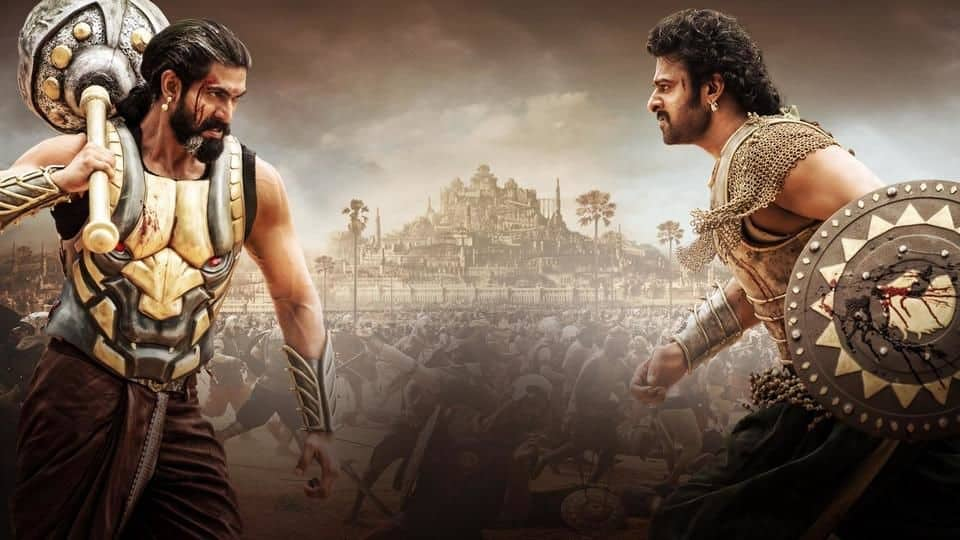
With films like Baahubali, has India nailed the VFX game?
What's the story
Gone are the days when computer-generated imagery (CGI) and visual effects (VFX) were the monopoly of Hollywood production giants. The ability and resources to create unreal worlds have trickled down to India and how. Besides, VFX is no longer limited to the fantasy-fiction genre (Baahubali, Ra.One et al) but is now being widely used to embellish even seemingly uncomplicated sequences. Know how and why.
Booming industry
Every big-budget Bollywood film of today uses CGI
India is currently home to over 300 animation, 40 VFX and 85 game-development studios, employing an estimated 15,000 professionals. Every big-budget Bollywood film of today uses 500-1500 CGI shots to create believable thrills. Most of the crowd/stadium scenes are VFX created (for instance in Bhaag Milkha Bhaag, Asshiqui 2), and so are scenic locales (in films such as Cocktail, Chandni Chowk to China).
Data
Animation will be a Rs. 9,550 crore industry by 2020
The growth in the sector in the last few years has been massive. According to FICCI-KPMG, animation, VFX and post-production in India grew from 31% CAGR in 2011 to 51% in 2015. India's animation industry alone generated a revenue of Rs. 4,490 crore in 2014, a 13% rise from 2013. The sector will most likely be double the size (Rs. 9,550 crore) by 2020.
The process
Creating VFX isn't as cool as it looks
Though the output looks magnificent on the 70mm screen, to bring it to life is a laborious process. VFX planning begins when a movie is conceptualized and is intricately involved throughout until it's ready. The module differs with every film depending on its scale and budget, but a typical VFX movie workflow includes 3D modeling, UV unwrapping, texturing, rigging, rotoscoping and projection mapping.
Little progress
But, Indian films still look like cheap-copies of Hollywood movies
Yes, VFX is being used more than ever in Indian films but despite the technological progress, they still look like cheap, uninspired copies of Hollywood movies. There are two reasons for this. First, our films lack originality and imagination. And in the rare instances when they don't (take the Baahubali films, for example), they go overboard, using CGI in scenes that don't need them.
Outsource haven
Indian VFX artists mostly do outsourced menial, clerical work
Second, most of the VFX and animation houses in India do labor-intensive work that's outsourced to them by Western production studios mostly because they are cheap labor. According to FICCI-KMPG 2012 report, animation production in India costs one-fourth of what it does in the US. The increase in the amount of work, therefore, has failed to translate into a corresponding improvement in quality.
Details
We can work with Hollywood productions, but never match them
Indian animators can, at best, create crowd scenes and props for TV series like Game of Thrones, and provide VFX for films like Disney's Maleficent but can never produce such content themselves. Yes, we don't have the necessary technology and money, but we don't have the needed talent or creativity either. According to TOI, only 40% of Indian animators are capable of creative output.
The future
Experts hopeful about the scope of animation in Indian films
Despite slow progress, industry experts hope that the increase in the volume of work will eventually result in quality improvement. The current budget allocation on VFX (10-15%) is expected to jump up to 30-35% in the near future. The number CGI shots used by Indian filmmakers in their movies has also rapidly shot up from 100-500 to 1,500-2,000 now, especially in big-budget films.